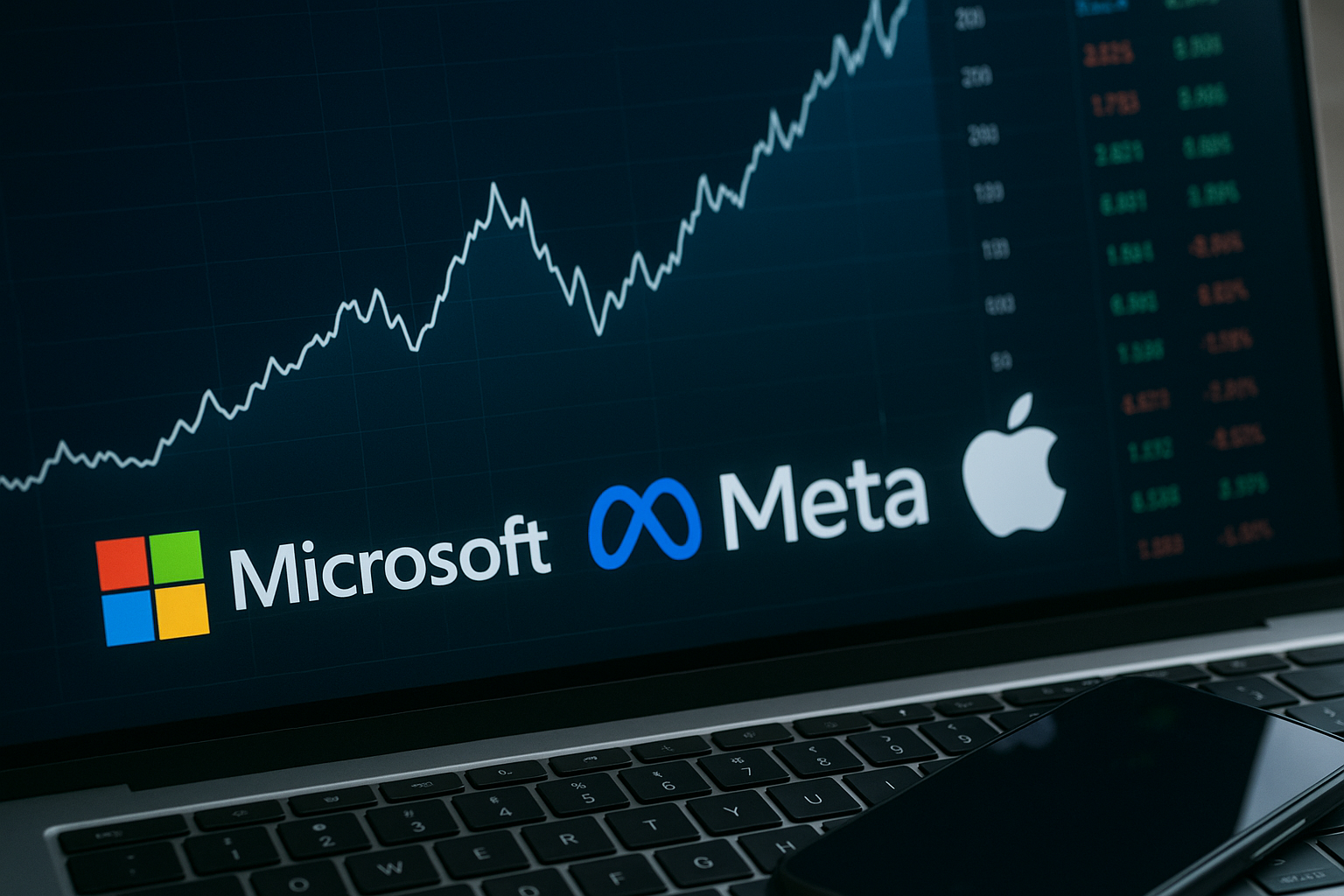Bitcoin Takes Its Seat at the Institutional Table
Bitcoin’s journey from a fringe digital asset to a serious player in global finance has reached a new milestone. At the Bitcoin Capital Summit, leading banks and fintechs revealed early frameworks for using Bitcoin (BTC) as collateral in lending and credit operations, signaling that traditional finance is beginning to integrate crypto into its risk and liquidity models.
This shift marks a potential inflection point for institutional adoption. As central banks weigh rate cuts and liquidity improves across credit markets, Bitcoin’s stability, liquidity depth, and transparency are making it increasingly attractive as a collateral asset—an idea once dismissed as far-fetched.
The Next Frontier: Crypto as Financial Collateral
According to discussions from the Summit (reported by Newswire), multiple institutions, including major U.S. banks and European fintechs, are exploring the technical and regulatory frameworks needed to use Bitcoin as loan backing—essentially treating BTC holdings similarly to high-grade collateral like U.S. Treasuries.
While only in pilot phases, this represents a paradigm shift: Bitcoin is transitioning from speculative investment to functional asset within the broader credit system. Analysts at Bloomberg Intelligence note that “the normalization of Bitcoin within lending frameworks could redefine asset-backed credit markets over the next decade,” emphasizing its growing acceptance as a store of institutional value.
The concept is being accelerated by tokenization trends and advancements in digital custody infrastructure, allowing for seamless, auditable transfers of ownership between lenders and borrowers without counterparty exposure.
Why This Matters for Investors
For investors, this evolution means that Bitcoin is gaining systemic relevance—not just as a hedge or an inflation play, but as a liquidity instrument in global capital markets.
The implications are far-reaching:
- Financial Integration: The use of Bitcoin as collateral strengthens its link to traditional finance, potentially reducing long-term volatility.
- New Business Models: Custody providers, blockchain infrastructure firms, and fintech lenders could see strong tailwinds as demand for compliant crypto-collateral frameworks rises.
- Risk Normalization: As BTC becomes embedded in institutional operations, it may pave the way for crypto-backed ETFs, structured products, and credit derivatives tied to digital assets.
However, analysts warn that regulatory alignment remains a major hurdle. Inconsistent crypto laws between jurisdictions—and potential changes in capital requirements for banks—could delay widespread adoption.
Future Trends to Watch
- Custody and Risk Infrastructure: Expect growth in institutional-grade custody solutions (e.g., Fireblocks, Anchorage, Coinbase Institutional) that enable secure collateral management.
- Tokenized Credit Products: Asset tokenization could merge with credit markets, allowing lenders to issue blockchain-verified credit notes backed by crypto holdings.
- Global Coordination: The Basel Committee and major financial regulators are discussing frameworks for digital-asset treatment within banking risk models—an area investors should watch closely.
According to McKinsey & Company, tokenized real-world assets (RWAs) could exceed US$4–5 trillion by 2030, and crypto-collateralized lending may form a key component of that growth trajectory.
Key Investment Insight
This institutional shift positions crypto infrastructure firms—especially those providing custody, liquidity, or collateral management—as major beneficiaries of the next adoption wave. Long-term investors may want to explore exposure to firms enabling this financial convergence, rather than direct speculation in tokens.
However, investors should also remain aware of potential regulatory shocks or liquidity mismatches that could impact valuation in early-stage implementations. Portfolio allocation should remain disciplined, with clear exit strategies and size limits.
Staying Ahead of the Curve
Bitcoin’s growing role as institutional collateral could become one of the defining financial shifts of the decade. For investors, this moment underscores a broader narrative: crypto assets are no longer operating on the fringes—they’re becoming tools within the global financial system.
Stay tuned to MoneyNews.Today for daily investor insights and trend analysis across emerging markets, crypto finance, and institutional innovation shaping tomorrow’s economy.





